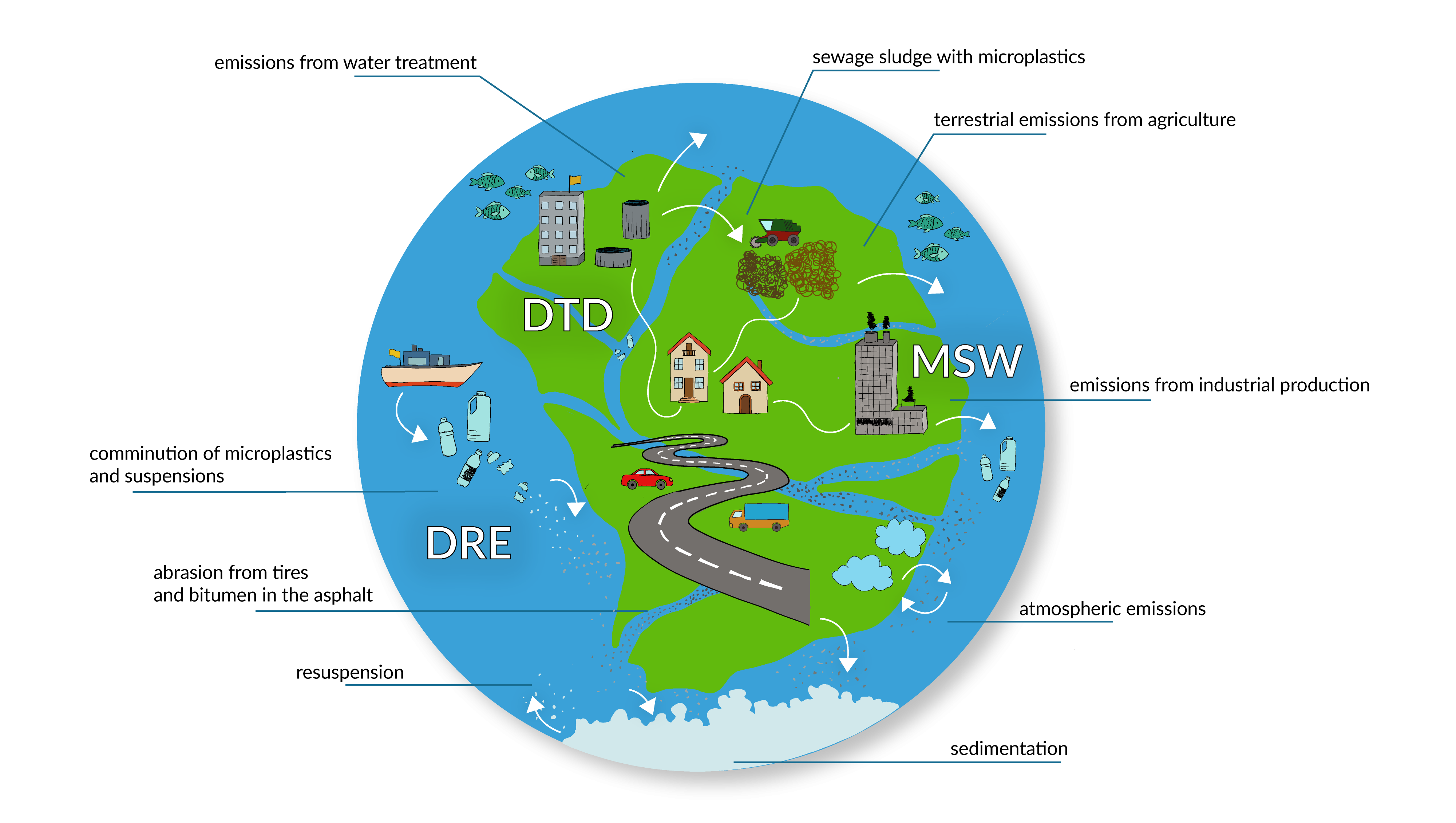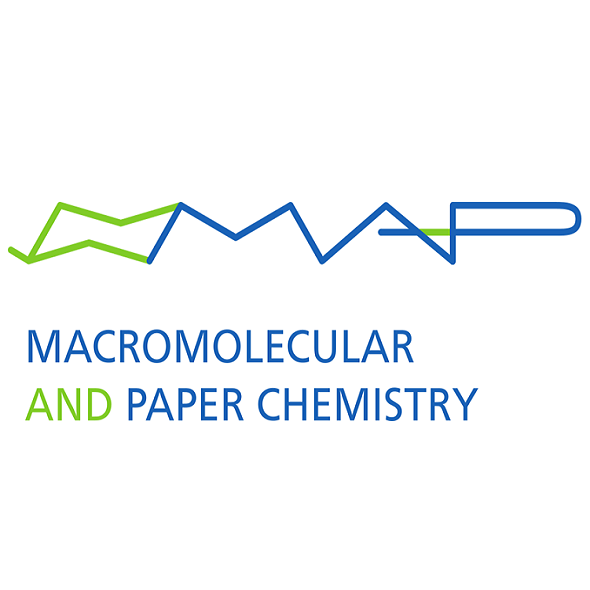
Highest Quality Standards
BIOMERE® brand. That stands for certified biodegradable / compostable waxes
Long-lasting quality product. Of course, BIOMERE meet the well-known quality standards of DEUREX AG.
Many years of experience. For more than 30 years, DEUREX AG has established itself as one of the most innovative companies within the world of waxes.
Ready-to-Use. Delivery forms tailored to applications. Biomers are directly applicable as granulate, micronisate or as aqueous dispersion and emulsion.
Substitute for polymer additives
Surface properties. BIOMERE ensure perfect surface properties, such as high resistance (UV, Temperature, Chemical, Abrasion, Water, etc.) or optical properties (Gloss, Matting, Smoothness, etc.).
Additional functions. Same performance and properties as non-degradable polymers, so they serve as emulsifiers, abrasives, lubricants, opacifiers, liquid absorbers, binders, flocculants, and more.
Cost of production. The costs correspond to those of conventional polymer waxes.
Biodegradability*
Individual time period. Biodegradability adapted to specific final product. The requirement of your specific application determines how long it takes for the BIOMER to biodegrade.
Speed. The speed of biodegradation also depends on the life cycle of the final product and can be adapted.
Durability. We guarantee a shelf life of at least 12 months in dry containers as granulate, prills, powder or as micronisate. BIOMERE biodegrade only when beein in the aquatic environment.
*according to the definition of the ECHA and REACH
True Sustainability
Free of microplastics. Unlike conventional polymeric additives, no microplastics emerges from BIOMERE.
Biodegradability*. BIOMERE degrade biologically as soon as they are exposed to the aquatic environment. We deliberately do not use misleading terms such as "renewable", "recyclable", "bio-based". In the end, only biodegradability guarantees real ecological added value!
Compliant with EU Directives (2019/904). Die EU hat das Problem von Mikroplastik erkannt und damit begonnen den Eintrag bestimmte Kunststoffprodukte in die Umwelt zu reduzieren, indem der Einsatz von bewusst eingesetztem Mikroplastiks industriespezifisch reglementiert wird (z.B. EU 2019/1009).
Why Biomere?
Avoids the creation of microplastics!
Around three quarters of the plastic that ends up in the environment in Germany (330,000 out of 446,000 tons) is microplastic. The small particles spread rapidly in the environment and have longe since entered the food chain (WWF).
What exactly is microplastic?
Plastic is a synthetically produced polymer (FAQ).
A polymer in crushed form (<5mm) is microplastic and is not visible to the naked eye (DG Environment (2017), P.8).
Neben dem typischen, allgegenwertigem Plastik gibt es auch polymere Additive. Solche Additive werden bewusst in Produkten des täglichen Lebens verwendet, mit dem Ziel spezifische Materialeigenschaften zu erreichen. Dieses Formen des Plastiks stellen eine sehr hohe Belastung für die Umwelt dar.
We know polymers under the designations "PA (Polyamide), PC (Polycarbonate), PE (Polyethylene), PEEK (Polyether ether ketone), PET (Polyethylene terephthalate), PHA (Polyhydroxyalkanoate), PLA (Polylactic acid), PMMA (Polymethyl metharyclate), PP (Polypropylene), PU (Polyurethane) (Federal Environment Agency, 2015).
Where is microplastic found?
Microplastics can now be found in almost all areas of the environment. It is suspected that microplastics occur almost everywhere. Through atmospheric transport, the small particles reach any place on the planet. In fact, microplastics have already been detected in all German waters. Microplastics can be found in the deep sea as well as on beaches of uninhabited and remote islands. The deep sea, high-altitude Alpine glaciers and uninhabited beaches are just as affected as the Sahara, our fields and pastures or the Arctic. There, more than 12,000 plastic particles could be detected in one litre of ice.
Microplastics are ingested by a wide range of organisms, for example all kinds of fish, reptiles, birds, aquatic invertebrates, whales and other marine mammals (ECHA (2019), P.8) and thus also into humans via food.
It is also suspected that the number of microplastics in the environment increases sharply as the size of the individual particles decreases.
Is microplastic harmful?
The degradation time of MP is estimated to be several hundred years, which is why microplastics accumulate over time. Due to the chemical structure of plastic, organic toxins are bound in it, which in turn are ingested in high concentrations by animals through food.
The European Chemicals Agency ECHA expresses the following concerns about the risks of synthetic microplastics for the environment as well as for human health (DG ECHA (2019)):
1) The microplastic particles are very small.
2) Microplastics do not biodegrade at all or just very slowly (accumulation).
3) The progressive fragmentation of plastic leads to smaller and smaller particles, theoretically down to nanoplastic particles.
4) There is virtually no way to remove microplastics from the environment once they have been released.
Are there Regulations and Laws?
Fortunately, the EU has acknowledged the problem of microplastics and has started to ban the deliberate addition of microplastics to all products and industries. The EU's goal is to save around 500,000 tonnes of microplastics over a period of 20 years through such bans. In January 2019, a detailed proposal was drafted by ECHA, which includes far-reaching restrictions on the deliberate addition of microplastics.
ECHA provides information on the concrete procedure and the status of the decisions at its website. More information is available at EU regulations.
How Does Microplastic Get Into the Environment?
In general, depending on the origin, can be divided into primary and secondary microplastics can be distinguished.
Main pathways into the environment
- Down-the-Drain (DTD) through biosolids, sewage sludge into the environment
- Municipal Solid Waste (MSW) e.g. through landfills and waste incineration
- Direct release dthrough improper disposal and the use of everyday products
Primary microplastic (type A)
Unter Typ A Type A refers to microplastics, which are deliberately industrially produced and deliberately used as an additive in numerous products in everyday life.
These include, for example, particles that are added to household care and cleaning products or cosmetics. Microplastics are also used to coat plant and fertiliser products or citrus fruits. Other applications include paints, varnishes and plastic granulates that are used as raw material for the industrial production of plastic parts and films.
According to estimates from the European Commission's final report, more than 50,000 tonnes of microplastics are released unhindered into the environment every year in the EU alone (DG-Environment).
Primary Microplastic (Type B)
Als Typ B Type B refers to released microparticles that are created during the use phase of a product. The wear of the macroplastic occurs physically, biologically and/or chemically.
This type includes fibres released during the washing of garments made of synthetic textiles as well as abrasion from tyres, bitumen, brakes or shoe soles. Drifts from sports fields and playgrounds also represent a major burden on the environment. There are a multitude of other plastic sources such as house facades, cables or road markings (see Why Biomere)
Type B microplastics are a major contributor to the microplastic problem. According to EU Commission estimates, every year up to 280,600 tonnes of microplastics are released into the environment in this way (ECHA, 2019)).
Secondary Microplastics
Secondary microplastics are plastics that are formed by the degradation and decomposition of larger plastic pieces into smaller and smaller plastic fragments. This process is accelerated as soon as microplastics are exposed to the aquatic environment. The plastic particles are broken down by photodegradation and other weathering processes, mostly from improperly disposed waste, such as discarded plastic bags.





